Historic North
Yeha
Ethiopia’s earliest known capital, Yeha, is less than two hours’ drive from Axum through some dramatic highland scenery. As the birthplace of the country’s earliest high civilization, it is well worth visiting. The ruins of this large, pre-Christian temple, erected around the fifth century BC, consist of a single roofless oblong chamber 20 meters (66 feet) along by 15 meters (50 feet) wide. The windowless 10 meters high walls are built of smoothly polished stones, some of them more than 3 meters long, carefully placed one atop the other without the use of mortar.
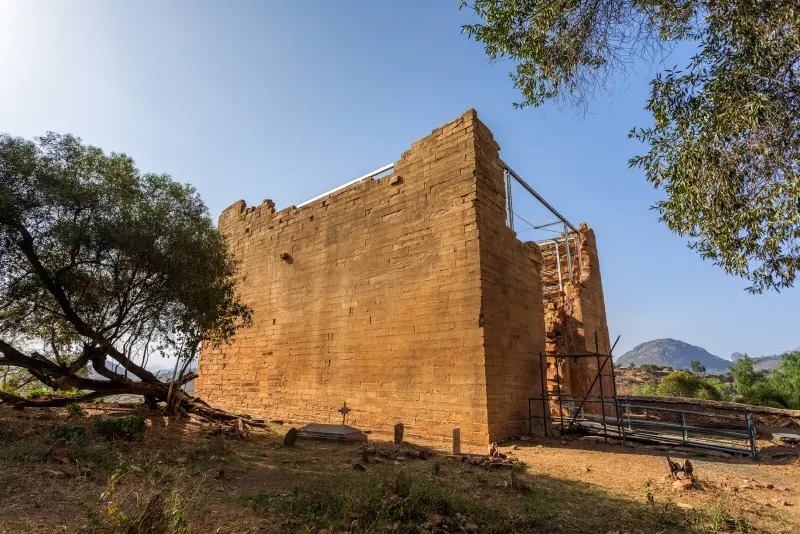
Negashi
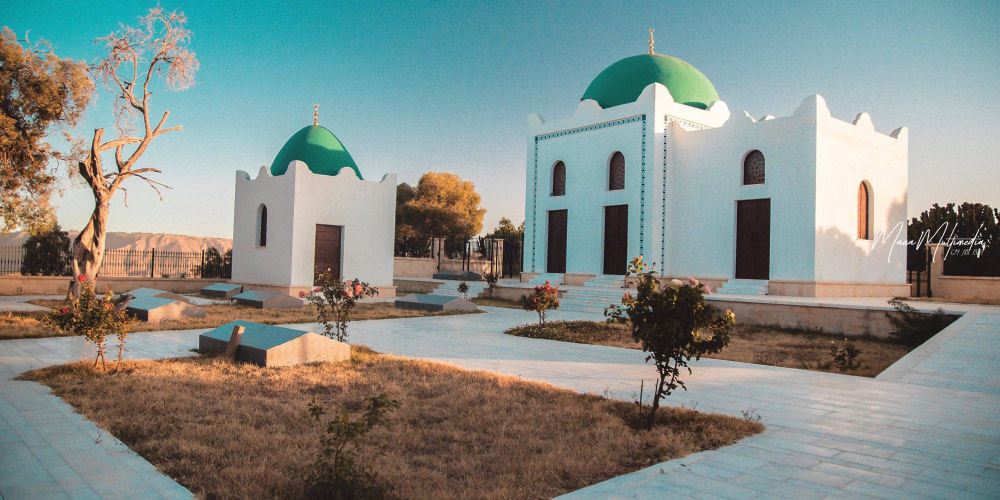
Axum
The Axumite Empire (sometimes called the Kingdom of Axum), was an important trading nation in northeastern Africa, growing from the proto-Axumite period ca. 4th century BC to achieve prominence by the 1st century AD.
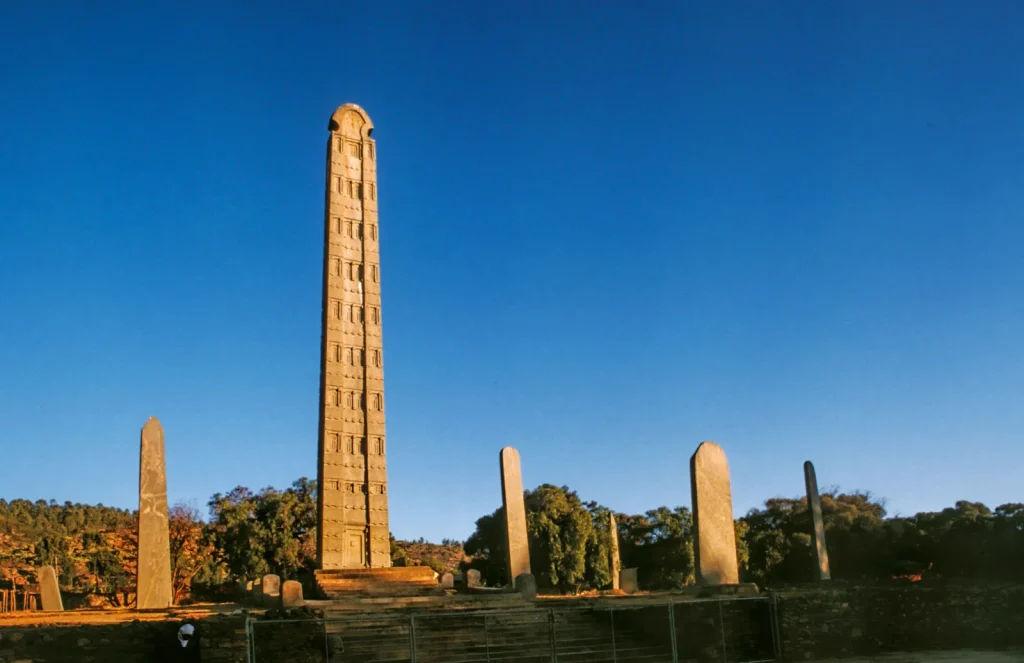
Rock Hewn Churches of Tigray
The Tigray region has plenty more, older ones, with more paintings, special architecture; remote locations Over 125 rock hewn churches are recorded with Tigray-alone. These churches date from 4th-15th century. Most of them are visited around the Gheralta chained mountains. Others are found in eastern and southern Tigray.
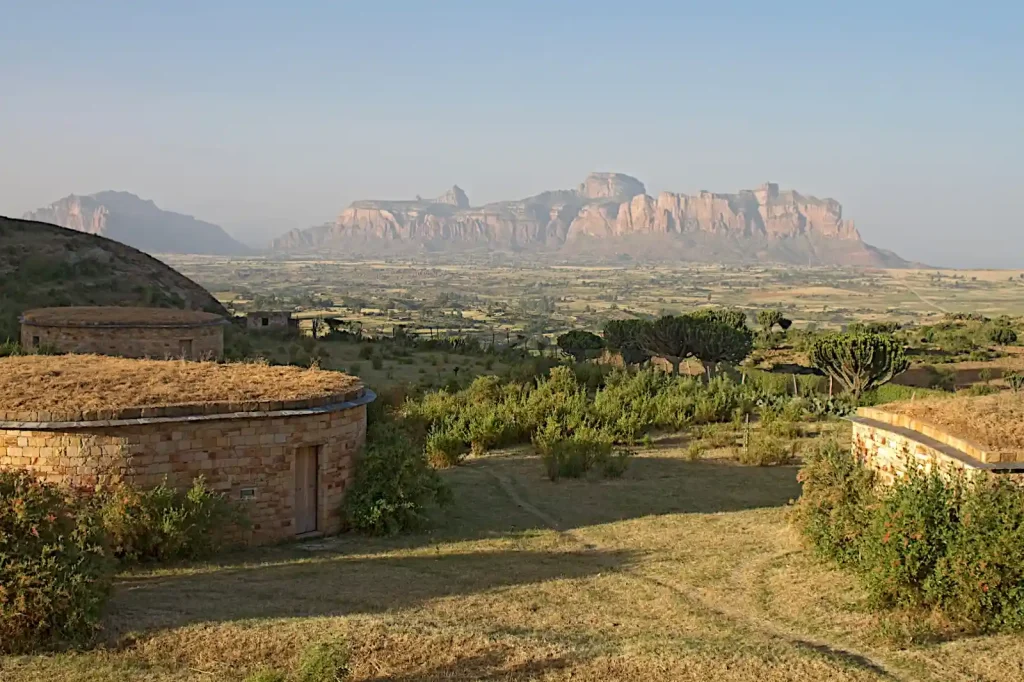
Lalibela
Located in the north-east of Ethiopia, Lalibela is another renowned historical destination. Placed third in historic sequence, its site hosts the “eighth wonder of the world”, the Lalibela rock-hewn churches. UNESCO has recorded this site as one of the world wonders. It is also holy land for Ethiopia’s Orthodox Christians.
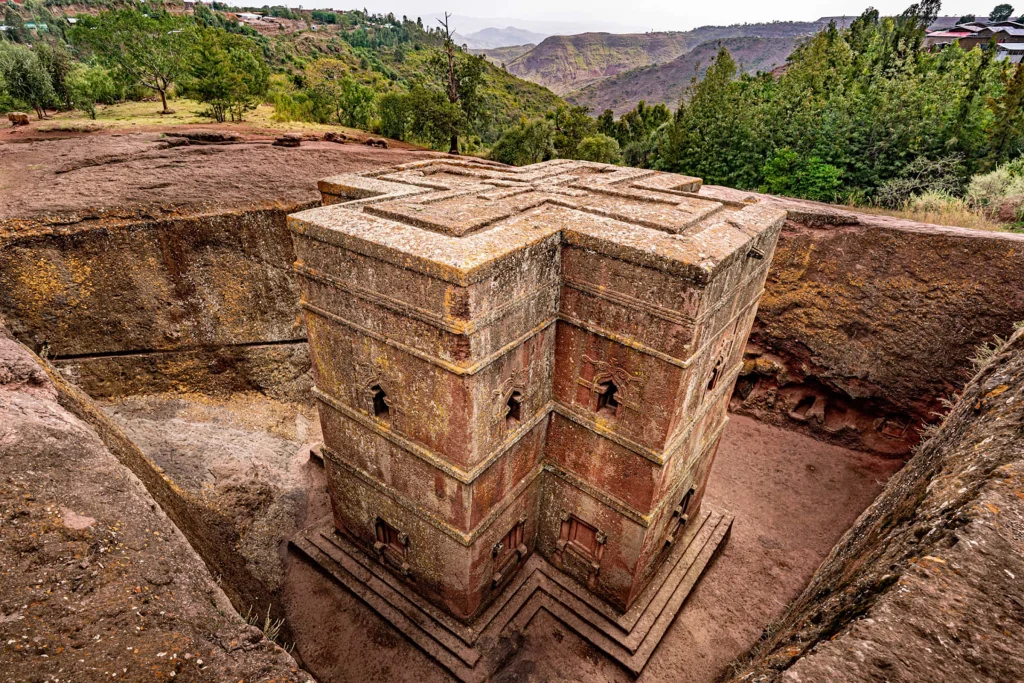
Yimerhanna Kirstos
Despite Yemrehanna Kristos being one of Ethiopia’s best-preserved late-Aksumite buildings, few people reward themselves with a visit. And a reward it is. The church is different because it’s built rather than excavated. Seeing the stepped exterior facade, created from alternating wood and stone layers, you’ll understand why so many of Lalibela’s rock-hewn churches look like they do. And knowing that Yemrehanna Kristos may predate Lalibela’s churches by up to 80 years, you have before you a virtual blueprint of greatness.
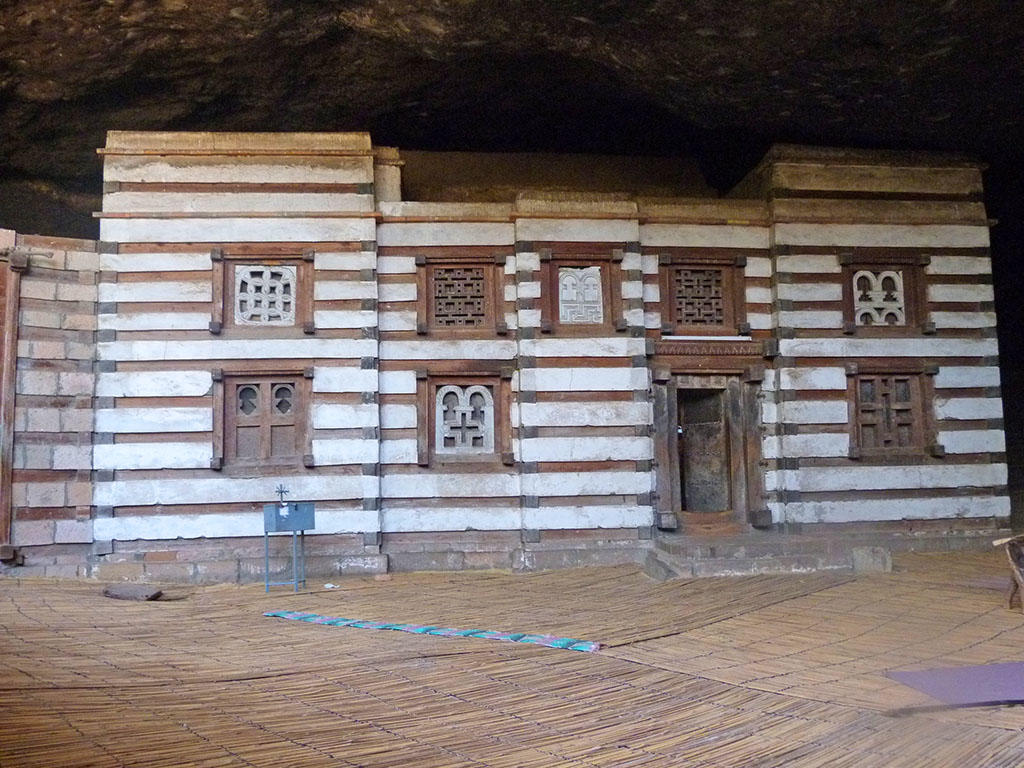
Gondar
Gondar was the 17th century capital of Ethiopia, and is notable for its Medieval Castles and churches. The city’s unique Imperial compound contains a number of Castles built between 1635 and 1855 by various Emperors who reigned during this period. These dramatic Castles, unlike any other in Africa, display richness in architecture that reveals the Axumite traditions as well as the influence of Arabia.
Other treasures of Gondar include the 18th century palace of Ras Bet, the bath of Fasiledes, the ruined palace of Kusquam, and the church of Debre Berhan Selassie with its unique murals.
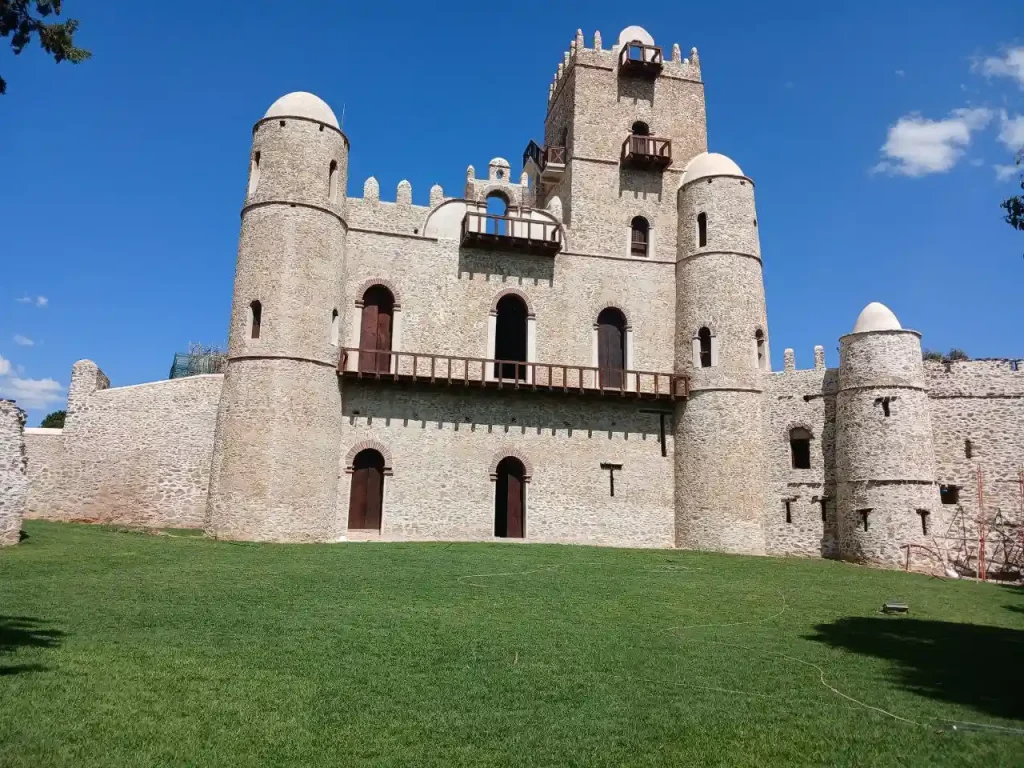
Bahirdar & Lake tana
Bahir Dar has always been a center of trade. Still the Tankwa’s (small papyrus boats) are used for trade and transport. Situated on the shores of Lake Tana, with palm-lined avenues, colorful markets and handicraft and weaving centers, it is a pleasant place to stay.
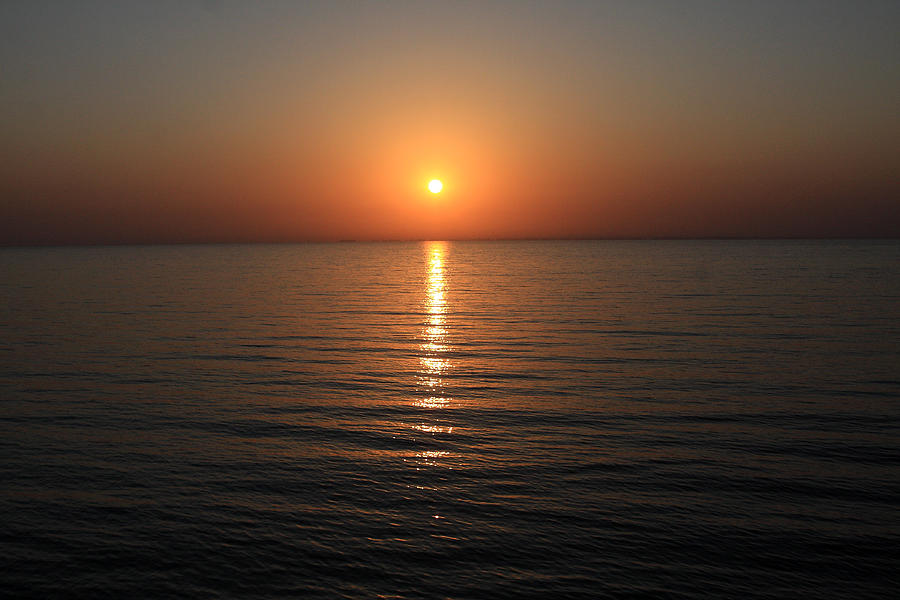
Blue Nile Falls
Known locally as Tis Isat – ‘Smoke of Fire’ the Blue Nile Falls is the most dramatic spectacle on either the White or the Blue Nile rivers. Four hundred meters (1,312 feet) wide when in flood, and dropping over a sheer chasm more than forty-five meters (150 Feet) deep the falls throw up a continuous spray of water, which drenches onlookers up to a kilometer away. This misty deluge produces rainbows, shimmering across the gorge, and a small perennial rainforest of lush green vegetation, to the delight of the many monkeys and multicolored birds that inhabit the area.
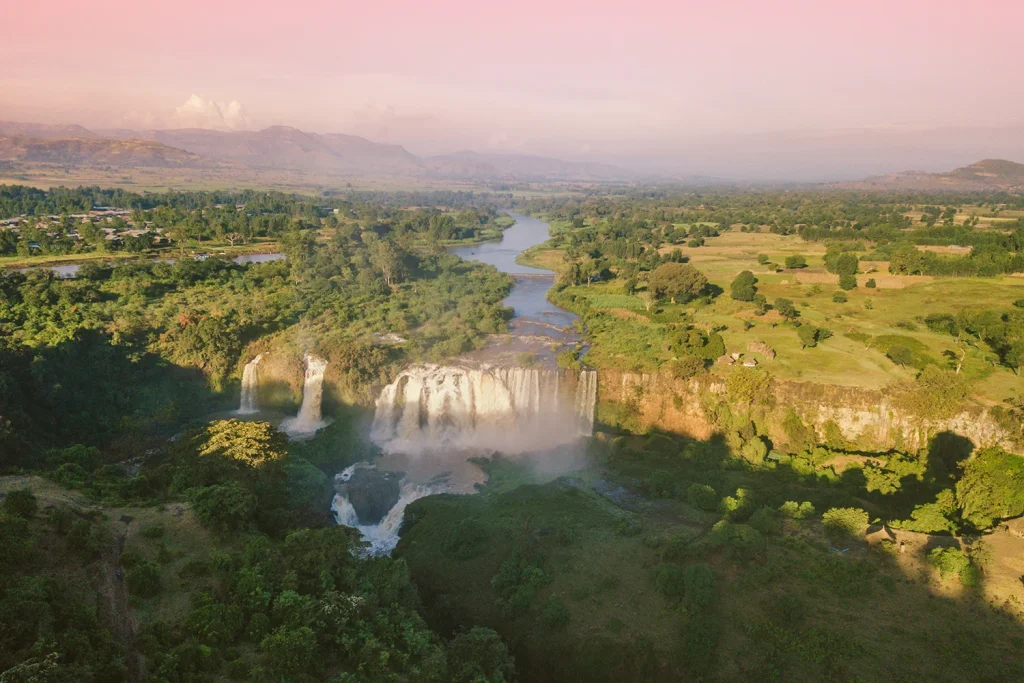




 Creative Web ET
Creative Web ET